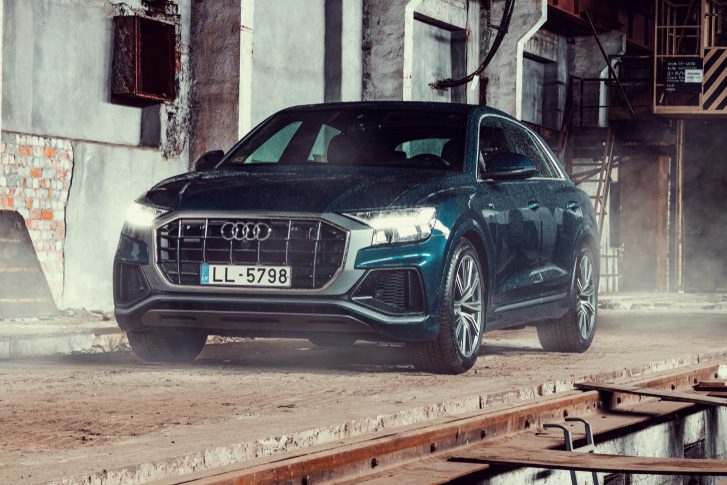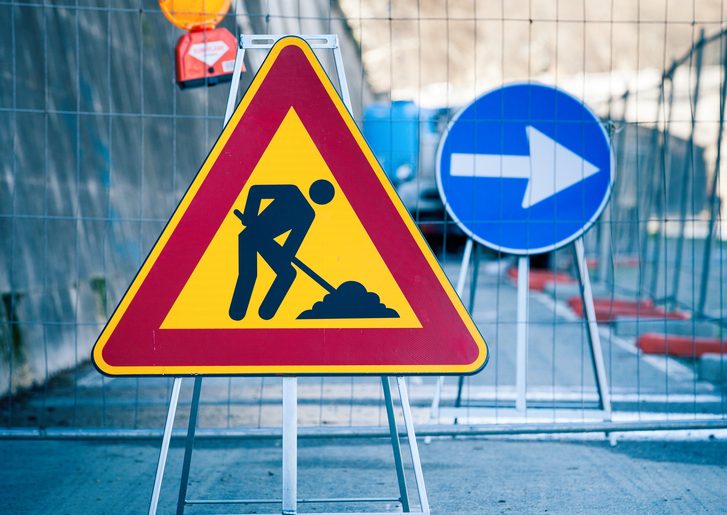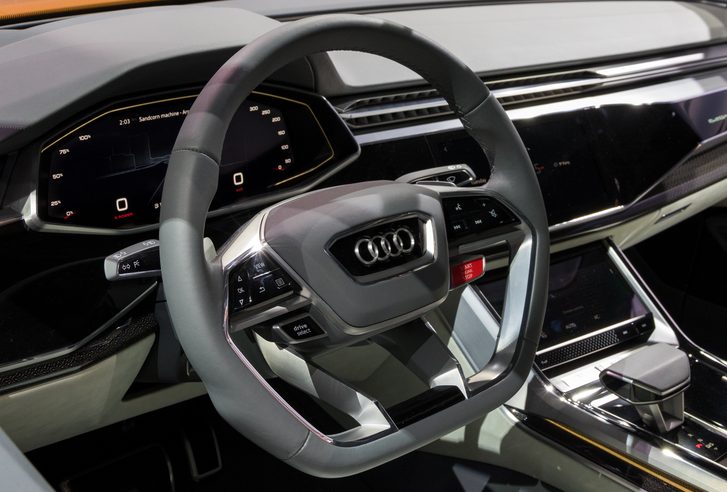Looks like Audi is up to something out there in Virginia. The German automobile manufacturer is working on a new vehicle-to-infrastructure (V2X) system for its cars—particularly the Audi Q8.

Audi partnered with Qualcomm and the Virginia Department of Transportation to create the next version of their V2X system using the Q8, the flagship vehicle of their SUV line. Named the Cellular Vehicle to Everything or C-V2X, it is intended to warn motorists if they are about to encounter a road construction ahead.
How does it work, you ask? The roads will be equipped with a wireless network that will send a series of gradual alerts to passing vehicles that support the protocol. The Q8 will then receive the information it got from the network and send it to the driver.
This project makes use of Qualcomm’s latest chipset for vehicles that are able to support a 5.9-GHz band (aka 5G) and Virginia Tech Transportation Institute’s network infrastructure.
According to Audi, this program is still in the testing phase and Q8s with this tech are not yet available in the market.

Aside from the traffic light countdown system, select roadways in Virginia will also be able to warn drivers of upcoming construction starting the third quarter of 2020. This feature will not only provide an additional safety layer for the construction workers, but it will also give drivers the chance to change routes way ahead.
When this eventually rolls out for the Q8s along with other vehicles, it is expected to warn school bus drivers and give a heads-up about road conditions caused by traffic and weather. It can also warn drivers if there is an emergency vehicle making its way through.
That way, they can be prepared to move aside. The Cellular Vehicle to Everything technology can also possibly function as a guide for drivers to navigate their way around road bottlenecks faster than popular apps like Google and Waze.

Since 1999, the roads in Virginia already have a 5.9-GHz band that was set aside for vehicle use. It is part of the Dedicated Short-Range Communications (DSRC) standard that was deployed by the Virginia DOT. However, in November 2019, there was a proposal to expedite the move to split this band into two.
The upper 30 MHz will be used for transportation and vehicle safety-related communication, while the lower 45 MHz will be allocated for superfast broadband. With how quick the network is and its low latency, it will be ideal for this upcoming technology.
You wouldn’t want your data to be delayed for something that requires promptness like road warnings. Since the band is dedicated to a certain use, there will be a lower risk of interference.

